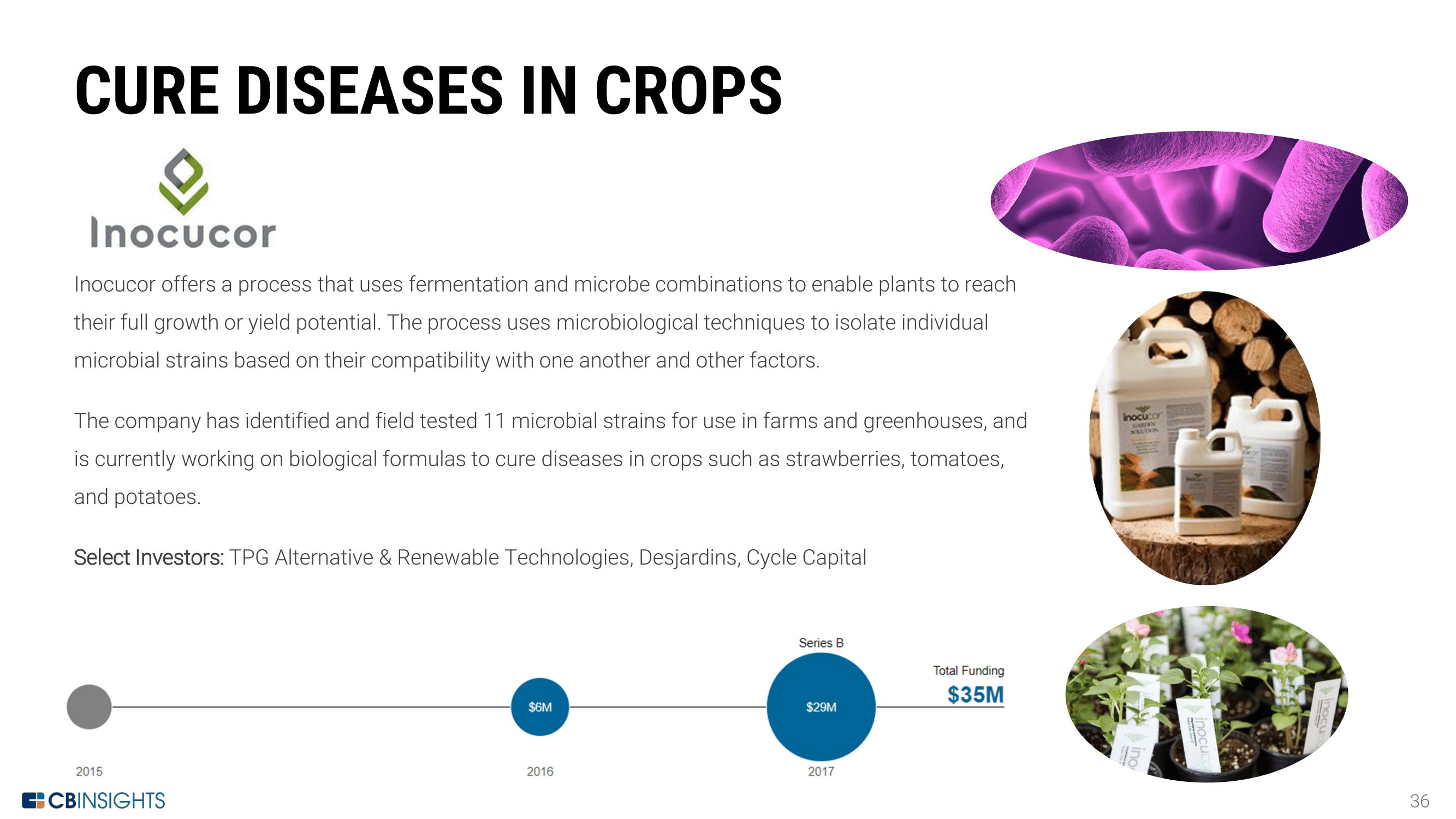What do you imagine when you hear about Africa? Under the best case scenario you’ll name lions and safari, but as a rule, starving children, grumpy folks with rifles, desert, and absence of civilization come to the mind. The major part of the African population survives on $30 per month, though it’s worth mentioning that according to the UN assessment, the population of Africa is around 1,2 billion people and it grows very fast. Following the forecasts, 45% of the global population will be concentrated in Africa by 2100. Every day these people eat, drink and do shopping. At the same time, the African middle class which is no less well off than Ukrainian one certainly lives on more than $30 per month and currently comprises around 313 million people, which is equal to the population of the USA.
Think about the following: 80% of Ukrainian export to Africa – $3,1billions are distributed among 5 countries – Egypt, Libya, Morocco, Algeria, and Tunisia. At the same time, 49 countries of sub-Sahara Africa bring only $0,9 billion in export revenue. This is $18,3 million per country, while their GDP is estimated in billions of USD.

Source: State Statistics Committee of Ukraine
Stereotypes and real challenges
Another prejudice is the low marginality of the market. This conclusion is the result of the analysis of the official statistics and not of the real situation. According to the official data the bulk import of all African countries amounts to $500 billion per year. But this figure is substantially underestimated. “Grey” and “black” import are very widespread in the African region: the comparison of the data related to the import and internal consumption of products demonstrate that the real import volume may be two times higher. “Grey” and “black” import allow importers to earn much more. This is the consequence of the overwhelming corruption among all authorities’ levels. Such status quo is beneficial for everyone: governmental officials and large-scale entrepreneurs. When considering the African market, one should not only conduct a proper market analysis but be well aware of the political situation of the particular country.
Africa is the most rapidly growing and unfilled market
According to the World Bank data, in 2018 six out of top ten fastest-growing world economies will be located in Africa – Ethiopia, Kenya, Tanzania, Cote d’Ivoire, Senegal, and Djibouti.

Source: The World Bank
During last years, Ethiopia steadily occupies the leading positions in GDP growth ratings: within last ten years, the country’s GDP has doubled. Countries, which are traditionally considered as drivers of the African economy – South African Republic, Angola, Nigeria are currently bringing the continent’s economic indexes down. The South African Republic, for instance, faces both – internal ethnical issues and external – its goods are not very competitive outside the continent. Angola and Nigeria have resource-based economies with export which relies on raw oil.
What Ukraine can propose to Africa?
We’ve already prepared a detailed article about the structure of export to the African region. Key products are grain, corn, soybean and sunflower oil – Ukraine already actively exports these goods to Africa. Though, these are areas of particular interest for large traders. Middle-size companies might be much more interested in markets with higher profit margins. For example, ketchup, sauces, canned food and snacks, breakfast flakes, yogurts, and condensed milk, beer, juices and non-alcohol drinks are the markets to explore. Export of chicken meat to African countries is another perspective niche. We have things to offer and to profit from, but we have to make the first step.
What to do in order to enter the African market?
If you decided to take this step it’s better to start from the following:
- define goals;
- conduct/order market analysis (per regions);
- select top-5 countries where markets better meet your goals.
Choose small markets and always keep in mind one of the peculiarities of Africa — you choose not the country but the city where you are going to sell your product. This trend is related to the infrastructure, or more accurately to its absence. In order to make things work, you have to maintain a physical presence in the region. You have to bring your product, rent an office and start working there. You are the only person who can generate the import. Intermediaries will sell products which are more profitable to them which might be not always yours. Another advantage of being physically present at the market is that you can receive feedback from consumers and adjust your response to incoming queries.
It’s hard to do it separately, thus the cooperation with other Ukrainian importers is worth considering. Besides, you can partner with both your competitors and neutral companies.
Only by uniting and promoting the brand “Ukraine” we’ll be able to merge into the African export flows.


